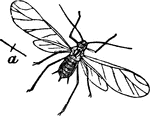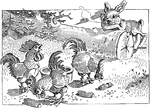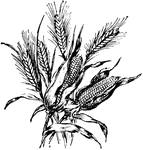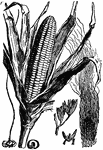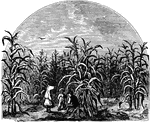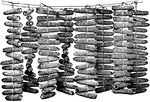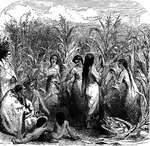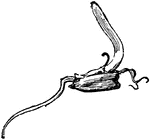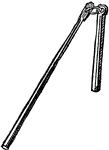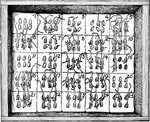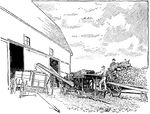
Corn Beetle
"Corn Beetle: a, larva, natural size; b, larva, magnified; c, perfect insect, natural dize; d, perfect…

Corn Fly
"Corn Fly (Chlorops taeniopus): a, a portion of a culm or stem of wheat with swollen joint, caused by…
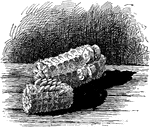
Corn on the Cob
Illustrated are kernels of corn on the cob. Behind is sweet corn. Pop corn is in the front.

Corn Sheller
Simply insert a dried ear of corn in among the spikes and twist it. The sharp ends scrub the kernels…
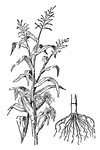
Indian Corn
Indian Corn or Maize is a well known species of cereal. It is used as food and is gathered in October…
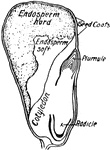
Kernel of Corn
Cross-section of a kernel of corn. Food is stored in the cotyledon and in the endosperm which surrounds…
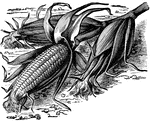
Ruby Sweet Corn
"Ruby, a new medium early variety, is likely to become a very decided favorite. The stalk, and also…
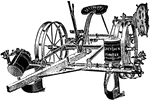
Check-Row Corn-Planter
A check-row corn-planter, which plants two rows at once and rows the corn both ways.
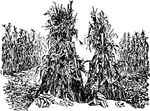
Ear-row Test
Yields of adjacent rows in an ear-row test, showing the difference in yielding power of two ears that…
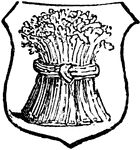
Garbe
"Argent, a garbe proper. GARBE. The heraldic term for a sheaf of any kind of corn." -Hall, 1862
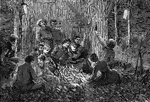
Group Shucking Corn
An illustration of a group of people sitting in a barn surrounded by corn while shucking fresh ears…

Corn Husking Machine
A corn husking machine has a hollow cylindrical drum. The drum wall has at least one aperture there…

Maize Kernels Destroyed by Maggots
Illustration of two small corn (maize) kernels being eaten by maggots. One maggot is still inside one…

Indian Corn
Maize known as corn by most English-speakers, is a cereal grain domesticated in Mesoamerica and subsequently…
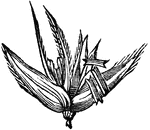
Indian Corn
Maize known as corn by most English-speakers, is a cereal grain domesticated in Mesoamerica and subsequently…

Indian Corn
Maize known as corn by most English-speakers, is a cereal grain domesticated in Mesoamerica and subsequently…

Indian Corn
Maize known as corn by most English-speakers, is a cereal grain domesticated in Mesoamerica and subsequently…

Corn Planter
This corn planter featured an adjustable dropping device. This allowed the operator to drop the corn…

Quern
"A primitive mill for grinding corn, the stone of which was turned by the hand before the invention…
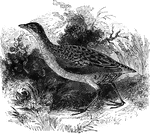
Land Rail
Generally inhabiting Europe, the land-rail is also known as the corn-crake. It averages about seven…

Ruth Meets Boaz While Gleaning in the Fields
"And she went, and came and gleaned in the field after the reapers: and her hap was to light on the…
